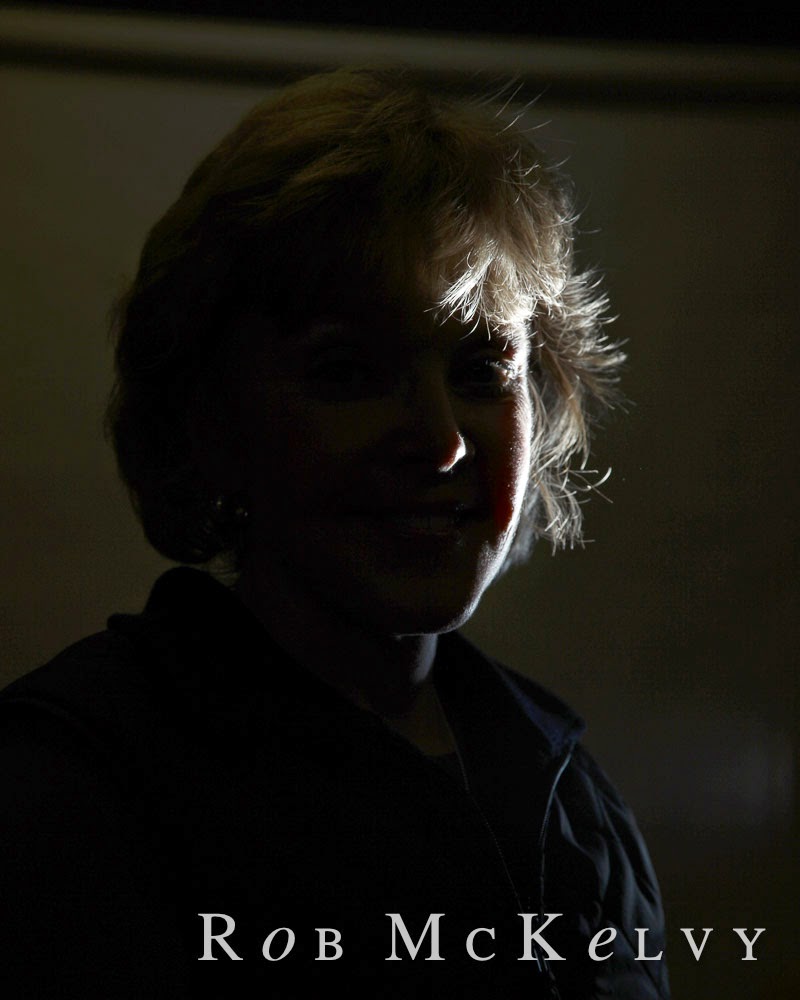"There is a crack in everything. That's how light gets in. - Leonard Cohen
It is hard to believe fall is just around the corner. It will be here before we know it. Our September challenge should be fun. It is taking a photo with artificial light. First, let me talk about what is NOT artificial light...that would be any light from the sun, moon, stars, or lightning. Artificial light is any light which originates from a
non-natural source. It includes flash lighting, and continuous lighting such as incandescent or tungsten bulb, or fluorescent tubes. Flash lighting can be on camera or off camera, direct or indirect. It maybe further diffused by a modifier, or colored gels either to project a specific temperature of light, or a creative effect.
I do not claim to be an expert on using a flash. It is an area I wish to explore, and eventually conquer. I hope you will take this month to experiment, and learn more about your flash.
The pop-up flash of your cameras work, but they tend to give harsh light, and cast a shadow. If a pop-up flash is all you have...don't stress. There are ways to diffuse that light which I will talk about later. An external flash with a head that pivots can be used on camera, or off. Because the head pivots, light can be bounced off a ceiling, reflector, back or side wall to create a more flattering, softer look. More importantly an external flash can be taken off the camera completely to create directional light to add drama, or lighting effects.
There are many wonderful natural light photographers, but using a flash opens up all kinds of possibilities.
Reasons why to use a flash.
1.
To use a lower ISO...flash can increase the amount of light falling on a subject, so the photographer can us a lower ISO keeping the image at a much higher quality. Remember, the higher the ISO, the greater the noise.
2.
To freeze movement...there are some lighting situations where even at your highest ISO, you can't get a shutter speed high enough to freeze movement of your subject. Therefore, you need to be able to increase light on your subject, giving you the ability to use a faster shutter speed.
3.
To create a more flattering light for your subject...whether you are facing a poorly lit reception hall or restaurant, or the harsh sunlight at mid-day, using your flash can help create a more flattering directional light. Everyone wants to be flattered when they are being photographed.
4.
To balance a backlit situation...when you're photographing a backlit subject with only natural light, you have to choose whether you want the subject or background to be exposed correctly. You will lose one, or the other because you can't balance the light. However, with a flash you can balance a dark foreground with a bright background, allowing you to capture both in one well exposed image.
5.
To increase your creative ability as a photographer... a flash can be used for creative effects, such as combining a crisp action shot followed by a trail of motion blur. Using colored gels on flash will change the mood of an image and add drama. It can spot light the main subject making it pop from the environment.
I will be posting more information about using a flash, but there is no way to cover all aspects in a blog. My hope is that this little bit of information will cause you to try some new things, experiment, and explore. We only learn if we try.
I will send out emails as I post new information. Do not fret if you do not have an external flash. There are ways to make an on camera flash better.
The challenge: Experiment with using any form of artificial light to capture a photograph. Most will be in the form of a flash, but other sources of light are: an iPhone, iPad, flashlight, candle, incandescent, tungsten, florescent, glow sticks, and street light. I am sure I have left some out, but you get the idea
Rules:
1. Photos must be taken from August 21- September 18...in other words,
no archives.
2. Submit no more than
3 photos in any format, or size.
3. If you have done some special post processing...explain.
4. Know your aperture, shutter speed, and ISO.
5. Have fun.
I hope we have a lot of participants in the challenge.
Here are some examples to help you get your creative juices flowing.
Photos taken with on camera flash...
Photo taken with off camera flash...
Photo taken with off camera flash, sort of back and side light.
 |
| Photo taken by Rey Berrones using my camera...so my name on the bottom of the photo is not correct...sorry about the over sight. |
I think this called parabolic lighting...
Constant florescent, and candle lighting...
Lighting from an iPad...
Off camera lighting...creative, and mood...
Off camera lighting with gels...
I hope these photos give you some great ideas. Several years ago, Rey did a workshop with colored gels...get them out, put them on your flash, and see how they can enhance your pictures. This is a month for you to try out, and learn a little bit about flash photography. Go out an get clicking.























































